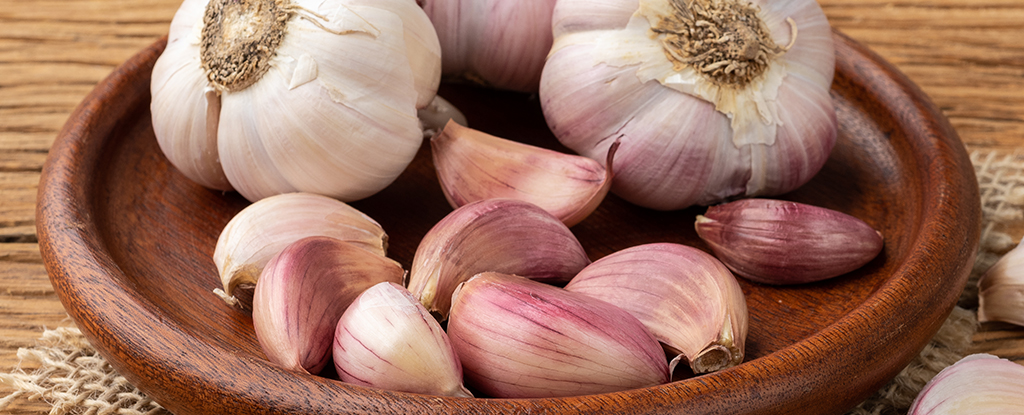Whether it’s freshly diced, sprinkled, or infused in oil, regularly adding some garlic to your diet has been found to keeps both blood sugar and cholesterol in check.
A meta-analysis of 22 previous studies that included 29 randomized, controlled trials conducted by researchers from Southeast University and Xizang Minzu University in China confirms the consumption of garlic is linked with lower levels of glucose and some types of fat molecule.
Glucose and lipids are key nutrients for the body, providing energy and the basis of a wide variety of building blocks. Modern diets can often lead to too much of a good thing, increasing the risk of health problems. A number of other lifestyle choices, from alcohol consumption to exercise routines, can also have an impact on the body’s sugar and fat levels.
“In healthy individuals, glucose and lipid metabolism is precisely regulated,” write the researchers in their published paper.
“Disorders of glucose and lipid metabolism can lead to a number of chronic diseases, including atherosclerosis, diabetes and fatty liver disease.”
Garlic, meanwhile, has long been associated with good health, and has been previously linked to lipid regulation as well as glucose levels in isolated studies.
Taking the research as a whole, the team confirmed the impacts remained positive. Those who included garlic in their diet were found to have lower blood glucose levels, indicators of better long-term glucose control, more so-called ‘good’ cholesterol in the form of high density lipoproteins (HDLs), less so-called ‘bad’ cholesterol or low density lipoproteins (LDLs), and lower cholesterol overall.
Interesting, triglyceride levels didn’t seem to be affected.
The data isn’t comprehensive enough to prove direct cause and effect – that we can just chew down more garlic to directly reduce heart disease risk – but the association strongly suggests the common herb could be a tasty way to manage our glucose and lipid levels.
More research and more focused studies might help clarify exactly what’s happening here. The trials covered by the meta-analysis ranged in length from three weeks to a year, and included studies using several different forms of garlic: raw garlic, aged garlic extract, and garlic powder tablets.
“The results showed that garlic has a beneficial effect on blood glucose and blood lipid in humans, and their association was statistically significant,” write the researchers.
As for why this association exists, it’s thought that the different active ingredients in garlic are helping in a variety of ways, including by reducing oxidative stress – a type of wear and tear on cells that can lead to issues such as cardiovascular disease.
Garlic also includes an antioxidant compound called alliin, which has previously been linked to managing blood glucose, blood lipids, and the gut microbiome. It’s likely that a combination of effects are causing the results shown here.
It’s clear that our diets go a long, long way to influencing our health outlook, for better or worse. Now there are more reasons to add garlic to the list of foods that we should include include in our diet.
“[The study] provides new ideas for the development of natural products against diseases related to glycolipid metabolism,” write the researchers.
The research has been published in Nutrients.





